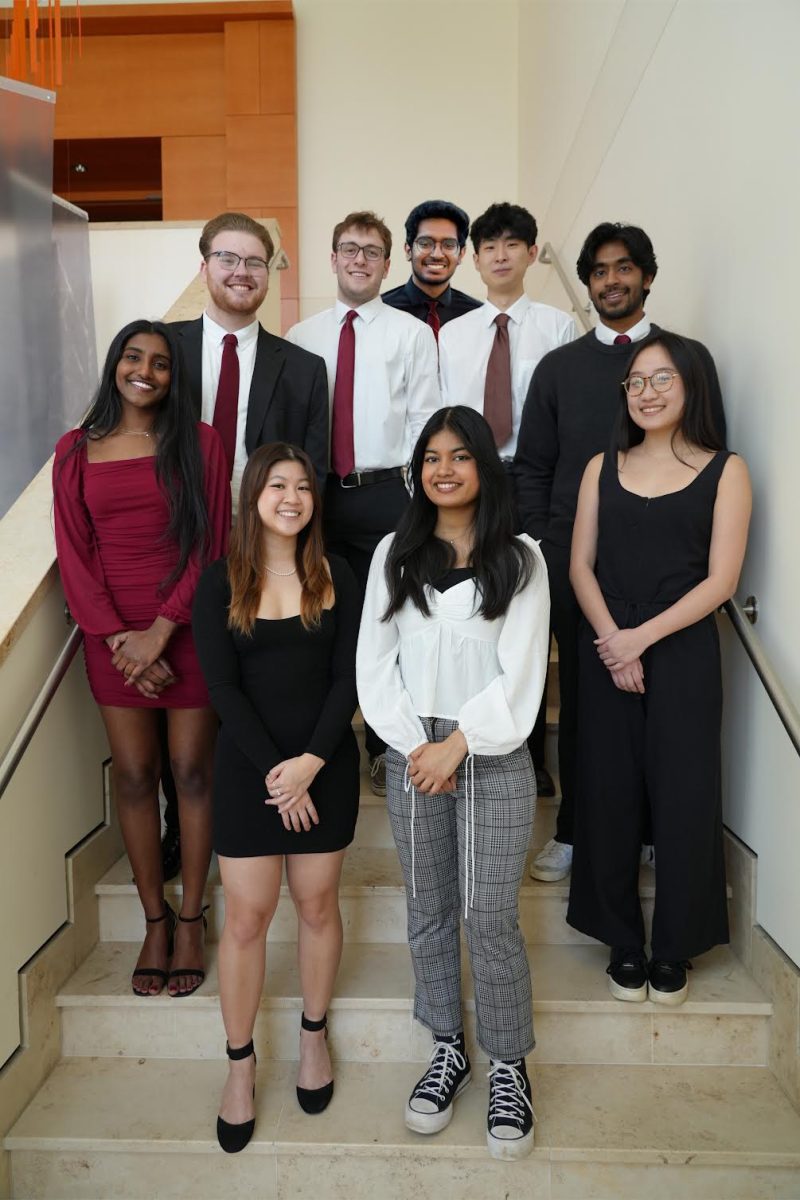For Teresa Griffin, the prospect of life outside prison looked bleak.
Incarcerated at 26, Griffin — who had spent nearly 30 years in federal prison on a life sentence for cocaine trafficking — was given new hope, however, after a University of Minnesota professor took up her case and helped her gain early release.
As part of a clemency initiative begun by President Obama’s administration in 2014, Law School professor JaneAnne Murray and a group of the school’s students have volunteered to represent inmates preparing applications for reduced sentences.
Over the past two years, the University’s Clemency Program — spearheaded by Murray — has grown to 15 students, with four currently active. In that time, Murray and her team have submitted 18 petitions, and the group is working to increase that number, she said.
Clemency at the U
The Department of Justice’s Office of the Pardon Attorney worked with various groups to process thousands of clemency petitions since Obama started the initiative in 2014.
After the push was announced, Murray said she became involved with a steering committee, which screens 35,000 applications from inmates seeking reduced sentences.
According to the DOJ website, 348 out of 23,325 petitions for sentence reductions have been approved under the initiative, and nearly 12,000 are still pending.
In the late 1980s, sentencing guidelines were much harsher than they are now, Murray said. In 2005, decade-old guidelines were no longer mandatory, and now the sentencing process includes a judge’s consideration of the defendant’s background.
“The judges have to look at all other aspects of the case, including the defendant’s own personal characteristics and history, addiction, age, family responsibilities, mental illness … were as before these were all discouraged factors in sentencing,” she said.
A lessened sentence
Because Obama’s initiative encourages inmates convicted of nonviolent crimes to petition for clemency, Teresa Griffin’s sentence was reviewed — and ultimately, she was granted release.
Griffin was Murray’s first client to successfully gain clemency through the program.
“You really delve into that person’s life and just the deep injustice of her sentence; I was horrified. I’ve been a criminal sentence lawyer for 20 years, and I’ve never seen such injustice in the sentence’s that I’ve had to experience in New York City,” Murray said.
As a mule in a drug operation run by her ex-boyfriend, Griffin was charged for illegal distribution. According to Murray, Griffin had a good prison record for 24 years; her children were being raised by her mother.
Multiple groups advocated for Griffin’s release, but Murray said she would not define the release as a victory. She said she was honored to be a part of the process, but only viewed it as a step in the right direction.
“It’s hard to put into words just the level of injustice in that case and many more,” Murray said.
According to Murray, Griffin is now transitioning back into society and is under half-way house supervision.
Murray said she and her team will continue their work in the fall, regardless of the upcoming election and the end of Obama’s administration. She hopes the Clemency Program at the University will continue to lobby for inmates not granted clemency.
















